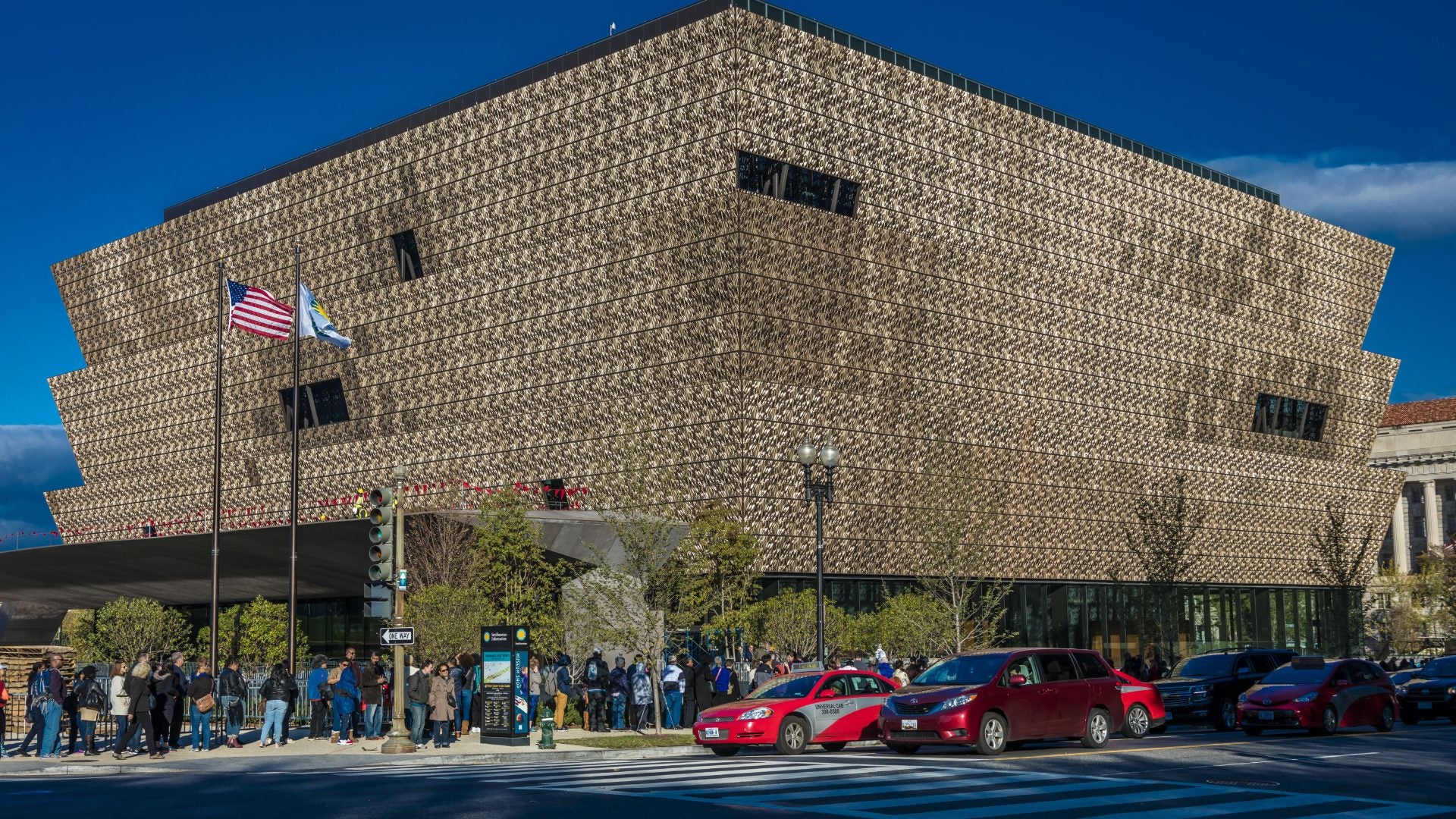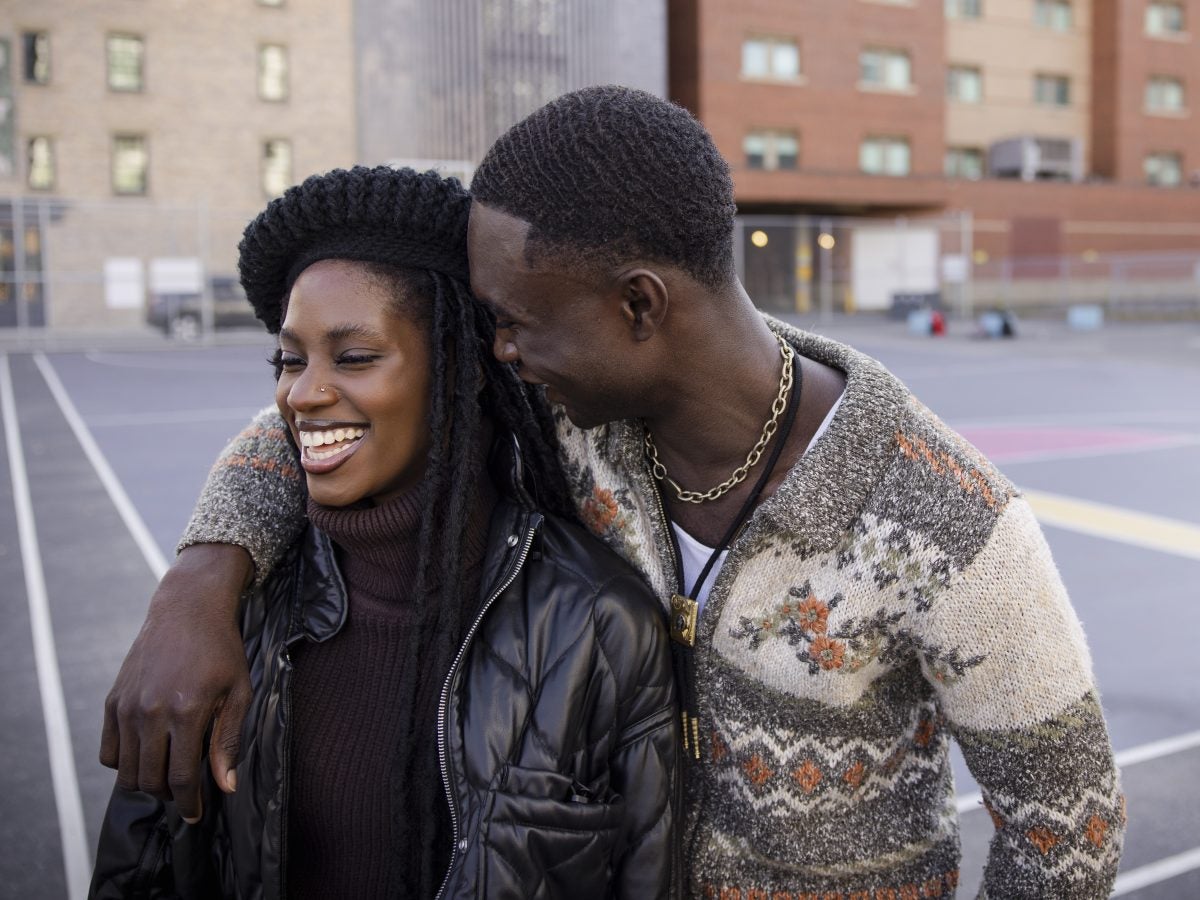
It’s that time of the year again when summertime is quickly ending, and cooler temperatures start to roll in – which means “cuffing season” has technically commenced. For all of the single individuals out there, cuffing season is a time of year when the weather begins to turn colder, so people start seeking relationships to get them through the fall, winter, and spring months. In short, these cuffing season relationships are meant to be short-term and temporary, perfect for getting your feet wet in the dating pool if you’re coming out of a long-term relationship.
According to TikTok, we’re currently in the “drafting” phase of the cuffing season schedule (yes, there’s a timeline and rules to this trend), which means lots of first dates to test the waters and to see which potential partner should be added to your roster.
Relationship expert and couples coach Beverley Andre suggests that it’s important to thoroughly know and understand the schedule of cuffing season to enjoy this dating period. “A lot of people are so confused about why this person is even showing up right now. If you know the schedule, you know that it’s drafting season right now, and it’s about to go into tryout season. People are looking to see what talent is available for them to entertain, possibly during cuffing season,” she says to her Instagram followers.
Andre continued, “It’s important to communicate your expectations with the individuals you’re dating. Stop assuming that that person is on the same page as you. You do not know, for a fact, if they want a committed relationship. It’s important to have a conversation to figure that out.”
Cuffing Season Schedule
The cuffing season tends to start at the beginning of August but spans until April. Most couples begin to “cuff off” or pair off in the late fall and early winter months and then stay together during the springtime. Aside from the weather conditions impacting individuals to couple up, there’s a psychological and wellness aspect, too. We all know of seasonal depression and how it can affect your moods; it can also drop your serotonin levels, which may ignite a desire to find someone to spend time with to ease the feelings of loneliness and sadness. Also, having a seasonal bae can help ease the pain of feeling alone during pivotal consumeristic and family-centric holidays, like Halloween, Thanksgiving, Christmas, New Year’s, and Valentine’s Day.
Andre believes the cuffing season schedule is as follows:
Scouting: August 1-31
Drafting: September 1-30
Tryouts: October 1-31
Pre Season: November 1-30
Cuffing Season: December 1-January 15
Playoffs: January 16-February 13
Championship Game: February 14
Debate Spring Break: February 15-March 1
Resign or Spring Break: March 15-April 15
Cuffed or Uncuffed: April 16-July 31
Planning a First Date During Cuffing Season
Now that we’re in the “drafting” period of cuffing season, it’s time to start planning those first dates. A recent survey of 2,000 21+ single Americans currently on the dating scene conducted by OnePoll on behalf of Canada Dry Ginger Ale found that only 16% of respondents have never been on a first date gone wrong, which gives those who are newly dating a slight chance of hope, especially in today’s digital-first world.
When planning a first date, it’s essential to have an escape route. Over four in five Americans believe dinner dates are the hardest to escape, especially if it isn’t going well.
A survey examined the experiences of 2,000 actively dating Americans over the age of 21 and revealed that while more than half (56%) tend to go for dinner and a movie as a first date, other top choices are more flee-friendly.
Half of respondents prefer casual drinks, followed by coffee (43%) or going to a market or picnic (34%).
On average, a first date should last less than three hours (2.72), and it takes respondents about four dates to feel comfortable with that person.
Almost one-third (31%) of respondents feel that nerves are the least comfortable attending a first date. To get rid of the first date nerves, people are sipping on a favorite drink (57%), wearing their favorite outfit or accessories (54%), and choosing a familiar location (44%).
The survey results showed that although having a drink in hand may soothe some anxieties, there is always a limit — almost half (46%) of respondents find drinking too much on a first date to be a turn-off.
If their date drank too much, 32% of respondents would speak up and address it during the date, 28% would simply end the date and leave, and 15% would write off a second date entirely.




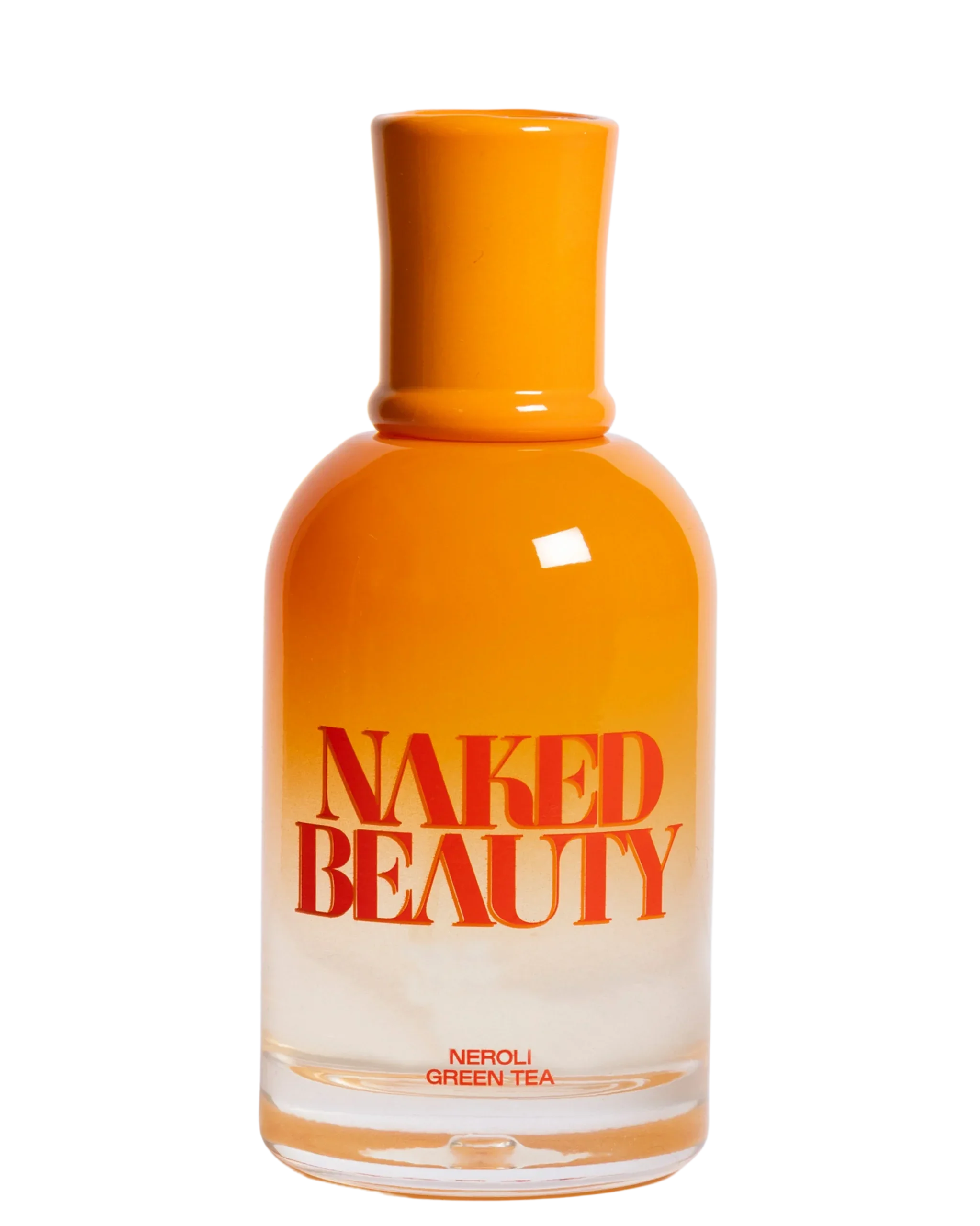
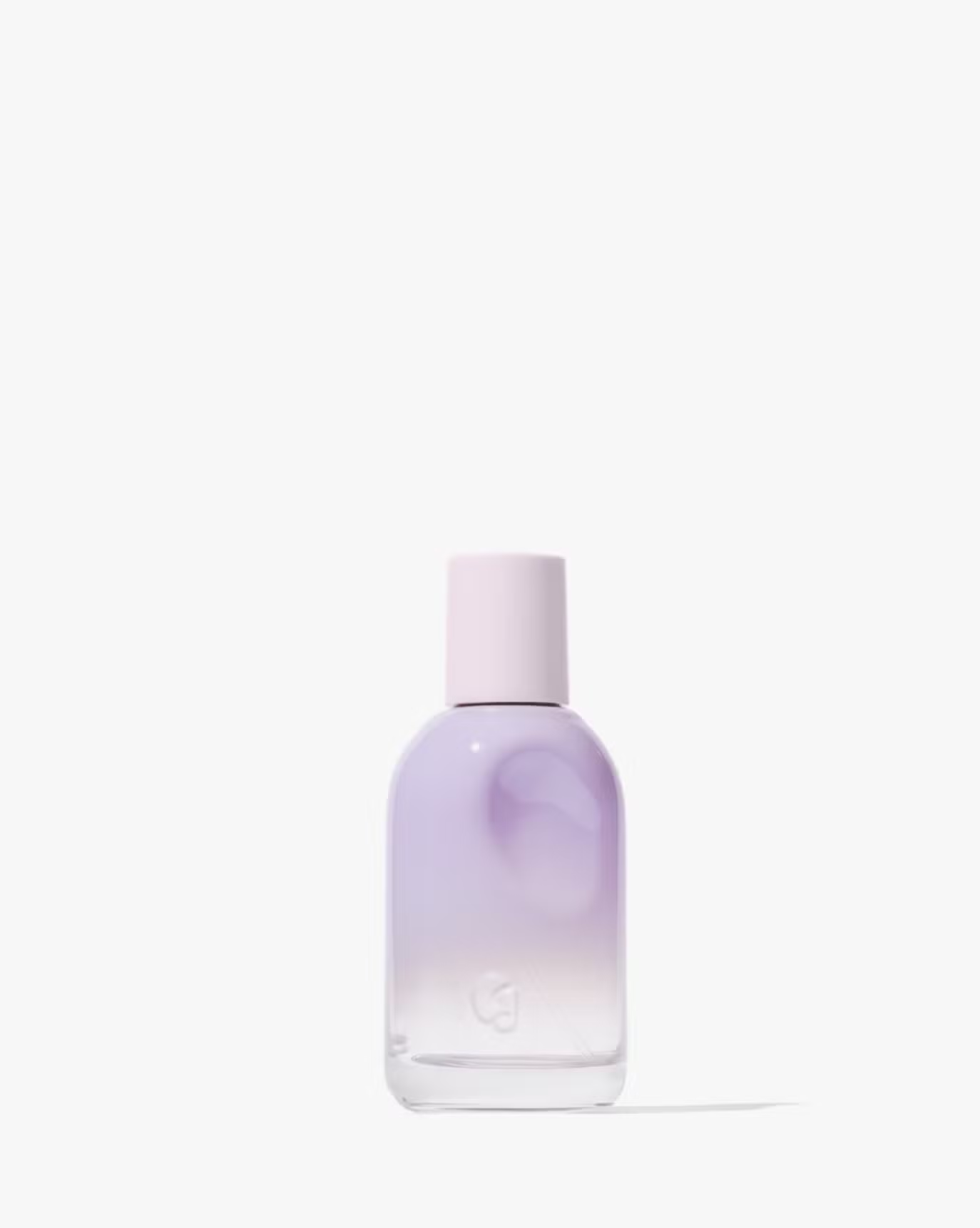
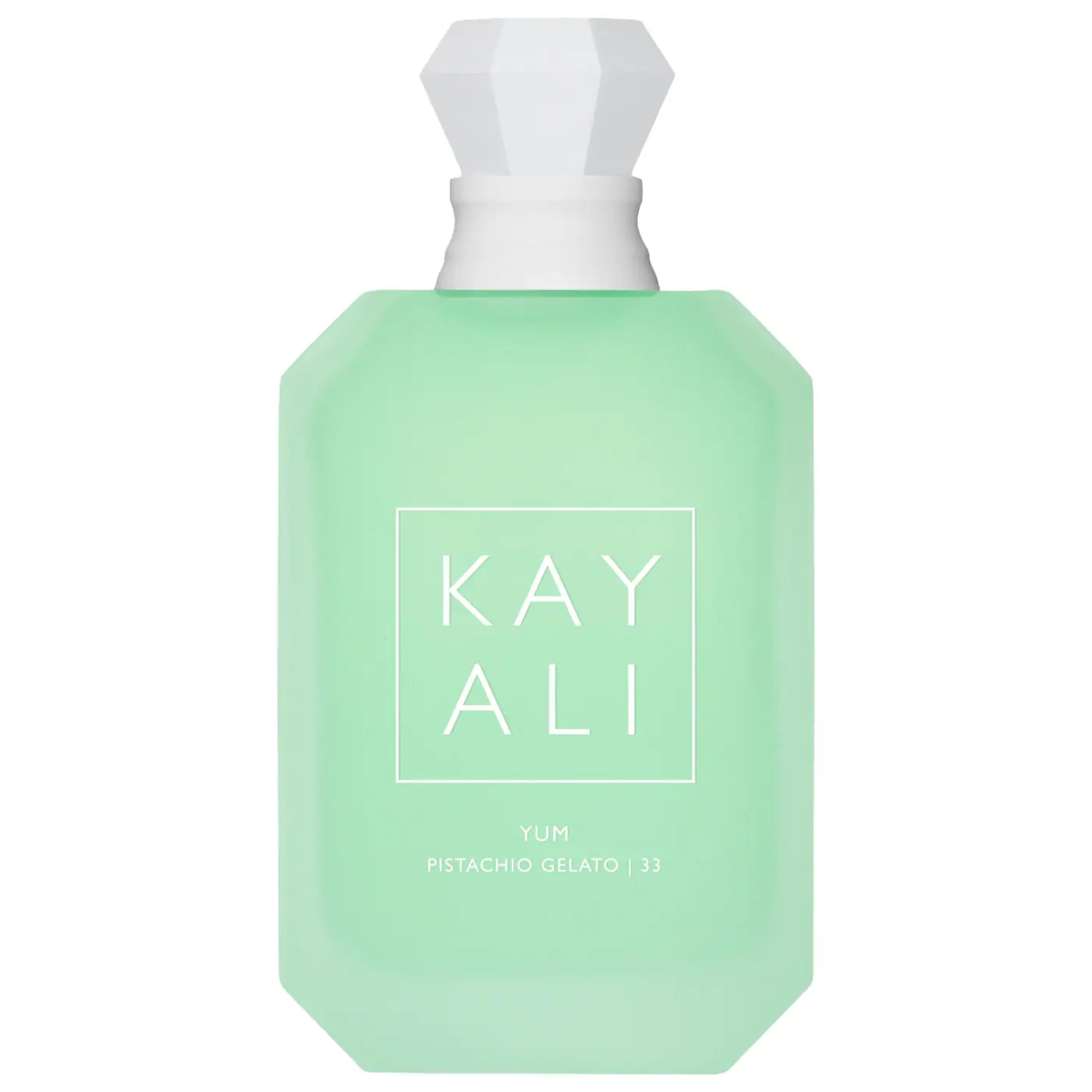
Nevertheless, over three-quarters (76%) of respondents will likely base a love connection on whether their date has the same drink preferences. Key indicators that a first date went well include a text or call immediately following the date (63%), a goodnight kiss (56%), and even extending the date past the expected time (51%).
Conversely, top signs of a sour first date include being “ghosted” afterward (65%), making an excuse to leave the date early (65%), and awkward moments of silence (48%).
The absence of a goodnight hug or kiss (39%), still feeling nervous after the date ends (35%), and splitting the bill (21%) also hint that a first date didn’t go so well.“First dates are nerve-wracking — will you hit it off? Will this be the worst date ever? With so many questions swirling around, it’s no surprise that daters are looking for ways to make themselves more comfortable,” shared Lindsey Metselaar, host of the popular millennial dating podcast We Met at Acme. “By keeping your favorite drink in hand and focusing on the positive ‘what ifs,’ daters can keep the nerves down and the comfort high.”




